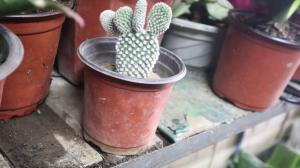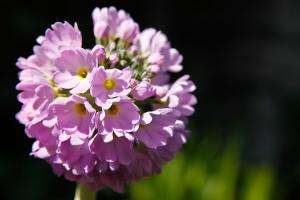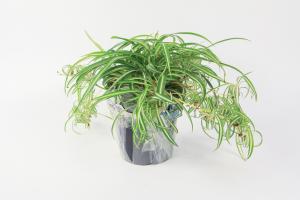How to Care for a Potted Aloe Vera Plant
Aloe vera is a popular houseplant that's not only easy to care for but also has a range of benefits. The plant is known for its gel-like sap that can be used to soothe skin irritations and promote healing. Here's how you can care for your potted aloe vera plant to ensure it thrives:
Choosing the Right Pot
The first step in caring for your potted aloe vera plant is choosing the right pot. Aloe vera plants love well-draining soil, so it's crucial to pick a pot with drainage holes at the bottom. This will prevent water from accumulating and causing root rot. The pot should be large enough to accommodate the plant's root system and allow for growth. Terracotta pots are an excellent choice as they are porous and allow air to circulate, promoting healthy roots.
Light Requirements
Aloe vera plants require plenty of sunlight to grow healthily. Place your pot in a brightly lit area, preferably a south-facing window, where it can receive at least six hours of direct sunlight daily. If you don't have access to a sunny window, you can use grow lights to supplement light. Keep in mind that too much direct sunlight can damage the plant, so monitor it closely and adjust its placement as necessary.
Watering Your Aloe Vera Plant
Watering is perhaps the most critical aspect of caring for your aloe vera plant. The plant is susceptible to root rot when left in damp soil for extended periods. Allow the soil to dry out nearly completely before watering it again. One way to test the soil's moisture level is by sticking your finger into the soil to about an inch deep. If it feels dry, it's time to water your plant. However, if it still feels moist, wait another day or two before testing it again.
Fertilizing Your Aloe Vera Plant
While aloe vera plants are relatively low maintenance, they benefit from occasional fertilization. Use a balanced, water-soluble fertilizer once every four months during the plant's growing season, which is typically from spring to fall. Be sure to dilute the fertilizer to half strength to avoid burning the plant's roots.
Pruning Your Aloe Vera Plant
Pruning your aloe vera plant can help promote growth and maintain its shape. You can prune out small offsets, which are baby aloe plants that grow from the mother plant's base, and pot them to propagate new plants. You can also trim off dead, damaged, or yellow leaves with a pair of clean pruning shears. Remove the entire leaf from the base and discard it.
In Conclusion
With the right pot, lighting, watering, fertilizing, and pruning, your aloe vera plant can thrive and benefit your household. The plant is easy to care for and is a beautiful addition to any indoor space. Remember to monitor your plant closely for any signs of disease or pest infestation and take action promptly to avoid any adverse effects.

 how many times do yo...
how many times do yo... how many planted tre...
how many planted tre... how many pine trees ...
how many pine trees ... how many pecan trees...
how many pecan trees... how many plants comp...
how many plants comp... how many plants can ...
how many plants can ... how many plants and ...
how many plants and ... how many pepper plan...
how many pepper plan...





























